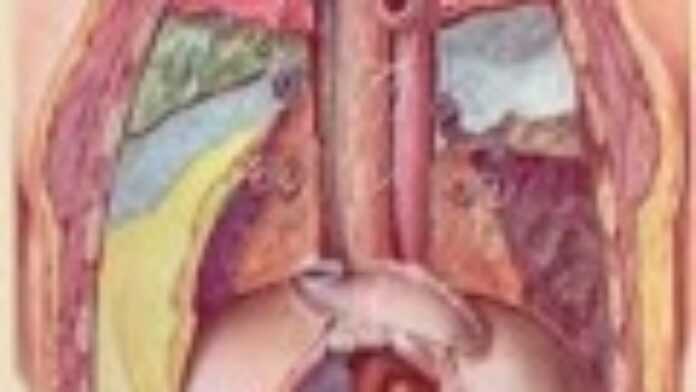
What could be more natural than breathing? Yet this apparently simple mechanism conceals an entire process on which life depends. With each breath we take, air enters our body via the mouth or the nose, and heads in the direction of the lungs, where oxygen passes into the blood.
But it all begins outside, in the air that surrounds us. Air is composed of many gases but contains one particular gas that is essential to our respiration: oxygen, known by the chemical symbol O2. When we inhale, oxygen enters our body and begins a complex journey that ends with the oxygenation of our blood. This gaseous exchange is the very basis of life.
Once it has crossed the entry threshold – the mouth and the nose – air begins its descent. It rushes down into the trachea, the bronchial tubes, the bronchioles and then finally comes to rest in the alveoli. It is through these tiny structures that oxygen is able to pass into the blood.
The alveoli contain extremely small, fine blood vessels known as capillaries, through which oxygen is able to pass easily into the blood. Once in the blood, the red blood cells take over. These tireless workers transport the precious cargo of oxygen throughout the body.
And, conversely, once the oxygen has been released, these same red blood cells take up the carbon dioxide (CO2) that our body constantly rejects. One simple breath out and the CO2 is expelled. Then the whole process begins again as part of the 26,000 daily inhalation/exhalation cycles our body performs.

